Introduction
Nectarines, often mistaken for peaches due to their similar appearance, are a delightful stone fruit known for their juicy flesh, sweet taste, and aromatic scent. Unlike peaches, which have a fuzzy skin, nectarines have a smooth, glossy exterior that adds to their appeal. However, enjoying the full flavor of nectarines can be challenging, especially when faced with the task of preserving them to extend their shelf life. Proper preservation not only retains the fruit’s freshness but also ensures that you can savor its taste throughout the year. This article delves into various methods for preserving nectarines, offering practical advice for home use.
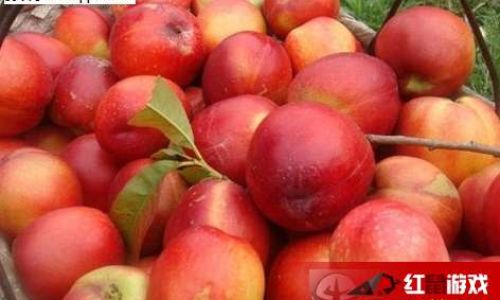
Understanding Nectarine Characteristics
Before diving into preservation techniques, it’s crucial to understand the unique characteristics of nectarines. They are climacteric fruits, meaning they continue to ripen after being picked. This ripening process involves the production of ethylene gas, which accelerates the breakdown of cell walls, leading to softening and eventual spoilage. Therefore, timely harvesting and immediate cooling are vital steps in preserving nectarine quality.
Additionally, nectarines are highly perishable and sensitive to temperature fluctuations. Exposure to warm temperatures can cause rapid ripening and spoilage, while extreme cold can damage the fruit’s texture and flavor. Thus, choosing the right preservation method is crucial to balancing these factors and maintaining optimal freshness.
Refrigeration: The Basic Preservation Technique
Refrigeration is the simplest and most commonly used method for preserving nectarines. By lowering the temperature, refrigeration slows down the ripening process and extends the shelf life of the fruit. Here’s how to do it effectively:
-
Harvesting at the Right Stage: Pick nectarines when they are firm but ripe, usually when they yield slightly to gentle pressure. Avoid overripe or underripe fruits as they won’t store well.
-
Sorting and Inspection: Remove any fruits with bruises, cracks, or signs of mold. These imperfections can spread quickly and compromise the entire batch.
-
Washing: Gently wash the nectarines under cold running water to remove any dirt or residue. Pat them dry with a clean cloth to prevent moisture-related spoilage.
-
Storage in Airtight Containers: Place the dried nectarines in plastic containers or resealable bags, ensuring they are not crushed or packed too tightly. Consider lining the containers with paper towels to absorb excess moisture.
-
Temperature Control: Store the containers in the refrigerator’s crisper drawer, where humidity is higher and temperatures are more stable. Aim for a temperature range of 32°F to 35°F (0°C to 2°C).
Under these conditions, nectarines can last up to two weeks. However, note that refrigeration can alter their texture slightly, making them firmer and less juicy than freshly picked fruits.
Freezing: Preserving for Longer Periods
For longer-term preservation, freezing is an excellent option. Freezing nectarines involves preparing them properly to maintain their quality and texture once thawed. Here’s a step-by-step guide:
-
Selection and Preparation: Choose fully ripe but firm nectarines. Wash and dry them thoroughly.
-
Pitting and Slicing: Remove the pits and slice the nectarines into halves, quarters, or smaller pieces depending on your preference. Smaller pieces will freeze faster and thaw more evenly.
-
Blanching (Optional): To prevent enzymatic browning and retain color, blanch the slices in boiling water for 30 seconds to one minute, then plunge them into ice water to stop the cooking process. Pat dry.
-
Syrup Packing: You can pack the nectarine slices in a light syrup made from sugar and water (usually a 1:1 or 1:2 ratio of sugar to water, boiled until the sugar dissolves). This adds sweetness and helps prevent freezer burn. Alternatively, use a dry-pack method by placing slices directly on a tray lined with parchment paper.
-
Freezing: Arrange the slices in a single layer on a freezer-safe tray and freeze until solid. Once frozen, transfer them to airtight containers or freezer bags, removing as much air as possible to prevent freezer burn.
Frozen nectarines can be stored for up to a year. When ready to use, thaw them in the refrigerator overnight or place them in a bowl of cold water for quicker thawing. Note that frozen and thawed nectarines may have a softer texture but will still retain much of their flavor.

Canning: Preserving for Year-Round Enjoyment
Canning is a more involved preservation method but offers the advantage of storing nectarines in a shelf-stable format for extended periods. Here’s how to can nectarines:
-
Preparation: Select ripe, firm nectarines. Wash, dry, and pit them. Cut into halves or quarters for easier packing.
-
Syrup Preparation: Prepare a canning syrup using water and sugar (light, medium, or heavy syrup based on your taste preference). Boil the syrup until the sugar is fully dissolved.
-
Sterilizing Jars: Ensure your canning jars and lids are clean and sterile. You can do this by boiling them in water for at least 10 minutes.
-
Packing: Pack the nectarine pieces into the hot jars tightly but not so tightly that they crush. Pour hot syrup over the fruit, leaving headspace as specified in your canning guide (usually about half an inch).
-
Processing: Wipe the jar rims clean, apply lids, and process in a boiling water canner or pressure canner according to the recommended times for your altitude and jar size. For boiling water canners, this typically ranges from 20 to 30 minutes for quarts.
-
Cooling and Storing: After processing, remove the jars from the canner and let them cool on a towel or rack. Check for seals by pressing the center of each lid; if it doesn’t move, the jar is sealed. Store sealed jars in a cool, dark place for up to a year.
Canned nectarines can be enjoyed directly from the jar, used in baking, or added to desserts and salads. They retain their flavor and texture well, making them a versatile pantry staple.
Drying: Preserving for Convenient Snacking
Dried nectarines, also known as prune-like fruits, offer a convenient and nutritious snack option. Drying浓缩了nectarine的甜味和营养,同时延长了保存期限。 Here’s how to dry them:
-
Preparation: Select ripe, firm nectarines. Wash, dry, and pit them. Cut into thin slices or use a food dryer with a slicing attachment for uniformity.
-
Pretreatment (Optional): To enhance drying and prevent browning, you can dip the slices in a solution of ascorbic acid (vitamin C) or lemon juice before drying.
-
Drying: Use a food dehydrator set to a temperature between 125°F to 135°F (52°C to 57°C). Spread the slices in a single layer on the trays and dry until they are leathery and slightly pliable but not brittle. This can take anywhere from 8 to 24 hours depending on the thickness and humidity.
-
Storing: Once dried, store the nectarine slices in airtight containers in a cool, dark place. They can last for several months. For longer storage, consider vacuum sealing or storing in an oxygen absorber packet.
Dried nectarines can be eaten as is, added to trail mix, or used in baking and cooking. They provide a concentrated burst of sweetness and are a great way to enjoy nectarine flavor year-round.
Conclusion
Preserving nectarines through refrigeration, freezing, canning, and drying offers a variety of options to suit different needs and preferences. Each method has its unique benefits and considerations, from the simplicity of refrigeration to the long-term storage capabilities of canning and drying. By understanding the characteristics of nectarines and following proper preservation techniques, you can ensure that your harvest is enjoyed not just in season but throughout the year. Whether you prefer the fresh, juicy taste of refrigerated nectarines, the convenience of frozen slices, the shelf stability of canned goods, or the concentrated sweetness of dried fruits, there’s a preservation method that’s perfect for you. Happy preserving!
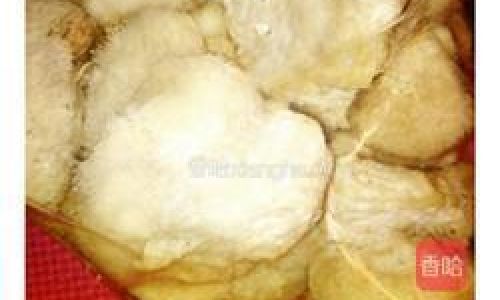
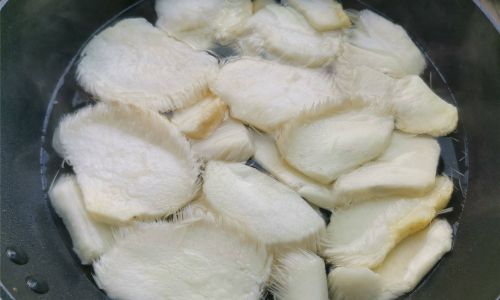

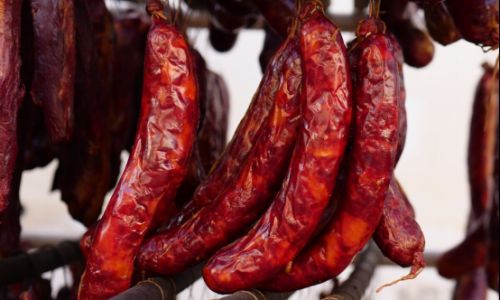

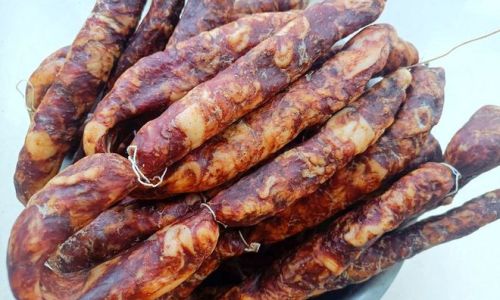
0 comments